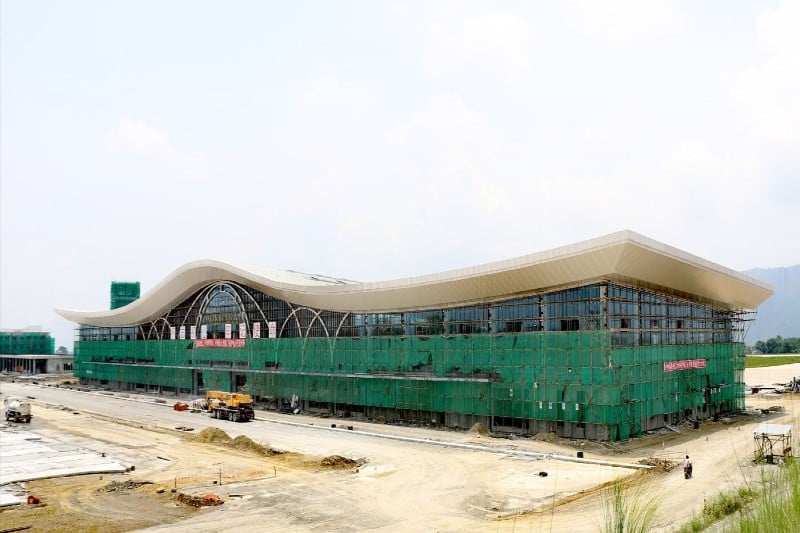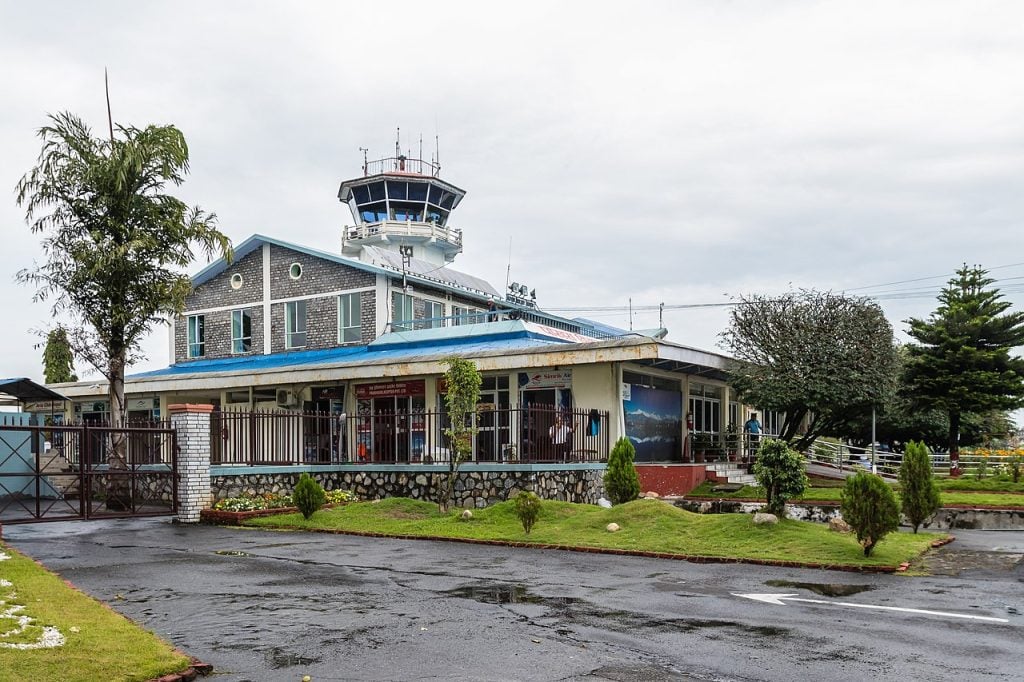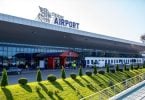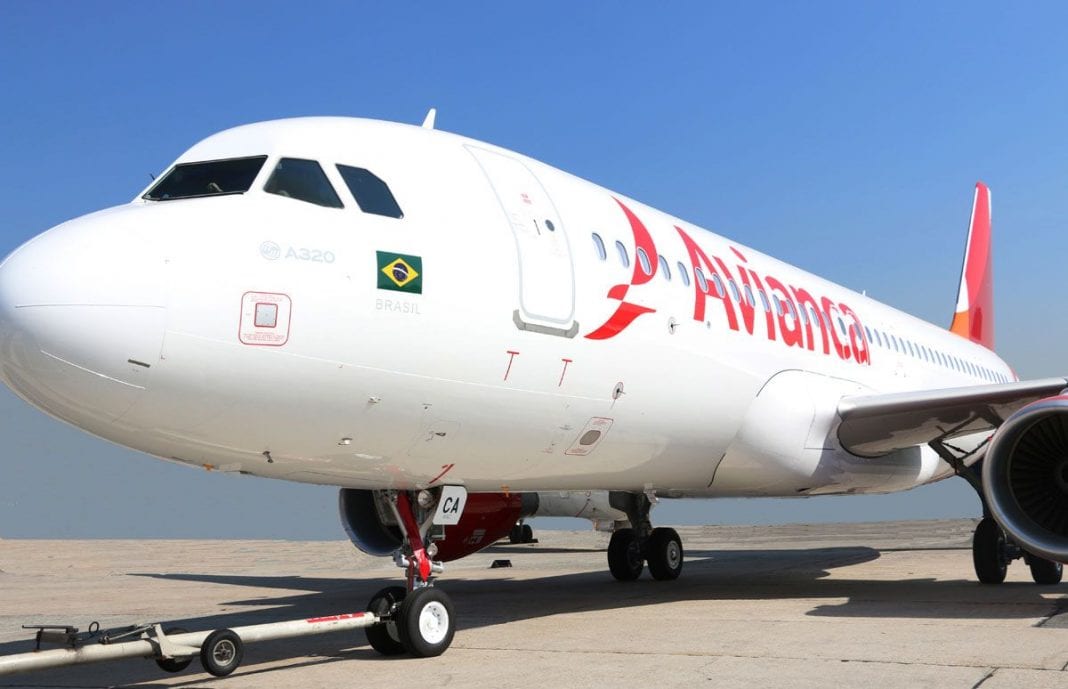Situated in the northwestern Nepal, Pokhara is a leading tourism hub with population just second to the country’s capital – Kathmandu. Pokhara is only 200 kilo meters (120 miles) west of Kathmandu, the city is home to beautiful lakes – such as Phewa – and is also called the “City of Lakes”.
Pokhara, located at an elevation of around 822 meters on the shores of Phewa Lake, boasts proximity to the magnificent Annapurna Range. This range includes three of the world’s top ten highest peaks: Dhaulagiri, Annapurna I, and Manaslu, lying within 15–35 miles of the city.
Recognized as Nepal’s tourism capital, Pokhara serves as a launching pad for trekkers embarking on the Annapurna Circuit in the breathtaking Annapurna Conservation Area region of the Himalayas.

Tribhuwan International Airport (TIA) serves as the main airport of Nepal. For a long time until the construction of another airport in Pokhara, TIA was the only functioning international airport of Nepal.
The Pokhara Regional International Airport (PRIA) has reported an average of 4,000 passengers every day during the recent festival season.
More foreign visitors during festive holidays and domestic tourist seasons have caused a notable rise in passenger traffic on the Pokhara-Kathmandu-Pokhara air route.
The airport, however, aims to serve 1 million passengers annually.
Pokhara’s Decades-Old Dream for an International Airport & Chinese Debt Trap
Nepal aimed to build an international airport in Pokhara since the late 1970s, envisioning it as a key tourism hub. Progress stalled due to political and financial hurdles until China stepped in to assist.
The airport’s construction aligns with China’s goal to establish its influence outside of American dominance. Nepal’s proximity to India, a rising regional power, adds strategic value for China. The completed airport is now promoted by Beijing as part of President Xi Jinping’s Belt and Road Initiative.
The investment policy is also known for costly and sometimes subpar constructions that burden borrowing nations with debt.
In Nepal, China’s CAMC Engineering led the airport project, importing materials and machinery from China, integrating Chinese technology and design. However, a New York Times investigation uncovered the company’s focus on its profits, sidelining Nepali oversight.
As a result, Nepal, now, faces an expensive airport without sufficient traffic to repay its loans to the Chinese lender.
Pokhara International Airport: Construction & Concerns

In 2011, Nepal’s finance minister supported CAMC’s proposal before competitive bidding, ahead of China’s commitment to finance the airport. The Chinese loan agreement allowed only Chinese companies to compete. CAMC initially bid $305 million, twice the estimate, causing controversy.
Eventually, after scrutiny, the cost was reduced to $216 million, a 30% decrease. In 2016, a 20-year agreement was signed, with a quarter as an interest-free loan and the rest borrowed from China’s Exim Bank at 2% interest, repayments starting in 2026. Construction began a year later.
In 2018, Murari Gautam, overseeing the Chinese contractor, raised concerns.
Initially budgeted at $2.8 million for consultants to ensure international construction standards, the funds were later reduced to $10,000, redirected elsewhere.
Gautam highlighted concerns about CAMC’s work, citing insufficient soil testing for the runway, poorly designed drainage, and a lack of documentation on the quality of Chinese materials.
From the early construction itself, CAMC hadn’t been focused on delivering a quality airport; instead, it was just completing the project.
The connection between CAMC and China IPPR International Engineering, a Sinomach subsidiary, raised concerns about possible conflicts of interest. These worries intensified after CAMC acquired IPPR in 2019.
Former IPPR employee Jacky Zhao disclosed that he was advised against closely examining CAMC’s work, highlighting a focus on project completion over quality assurance. Allegations of falsified documents within the project team compounded the issues.
In August 2022, IPPR terminated Zhao and another employee, Ms. Wang, for not returning to China as instructed, citing their earlier complaints about $11,000 in unpaid expenses as the reason for their dismissal.
On a different note, a Chinese project manager from CAMC was involved in a fatal traffic accident that killed a pedestrian. He was found guilty of “traffic death” while he was driving his Toyota Hilux “under influence”.
The case was settled by giving the victim’s family a sum and space for a coffee shop at the airport. The case was later dismissed legally as Pokhara High Court ruled in the manager’s favor quoting that neither alcohol nor reckless driving had contributed to the fatality.
It was important for the manager overseeing much of the work to be released swiftly for the common desired outcome of CAMC and Nepalese authorities – uninterrupted airport construction.
China-Nepal-India: A Complex Geopolitical Trio
After the inauguration of the Pokhara International Airport, The Chinese Embassy in Nepal tweeted, labeling the Pokhara airport as the prime project of collaboration between China and Nepal’s Belt and Road Initiative. However, this claim contradicts the fact that the airport’s construction began before China’s infrastructure program was initiated.
Chinese Ambassador Chen Song referred to the airport as a significant part of Belt and Road cooperation in June, which he later clarified – that China wouldn’t enforce the name on Nepal but would continue pursuing its own plans.
The Pokhara airport’s connection to the Belt and Road Initiative poses challenges for Nepal, as India views this Chinese initiative cautiously. Consequently, the airport faces difficulty in attracting international flights, with no Indian airlines currently expressing interest in operating there.
A feasibility study conducted by CAMC in 2014 projected the airport to be profitable enough to repay its loans. However, this relied on an estimated 280,000 international passengers by 2025.
Currently, there are no international flights operating from Pokhara International Airport, significantly impacting these projections.
According to local media reports, Gandaki Province Chief Minister Krishna Chandra Pokharel appealed to the Chinese government to convert the loan granted for the Pokhara airport construction into grants.
Pokhara International Airport: Physical Infrastructure
The Pokhara Regional International Airport (PRIA) – inaugurated on 1st January 2023 – features a single runway measuring 2,500 meters long and 45 meters wide, oriented east-west with specific markings.
There’s a 330-meter runway strip. The concrete runway is equipped with centerline, edge, touchdown zone, and threshold markings. Additionally, a 1.2-kilometer taxiway runs parallel to the runway’s north side, measuring 23 meters wide. The airside infrastructure includes exit taxiways, access roads, and aerodrome pavement.
The runway accommodates planes like the Airbus A320 and Boeing 737. International operations are limited to the eastern part of the runway, while domestic flights use both east and west sections.
The airport comprises two public terminals, one each for international and domestic traffic. The infrastructure involves a 10,000-square-meter international terminal with a steel roof and a 3,500-square-meter customs and cargo building. The international terminal can manage up to 610 departing passengers hourly.
Both terminals combined can handle one million passengers annually, with the 4,000-square-meter domestic terminal situated on the airport’s western side.
Pokhara Airport Before

Before the construction of the new PRIA, Pokhara Airport served nearly 1 million passengers in 2022.
In 2022, Pokhara’s domestic airport served a total of 883,536 passengers, with 81,176 being foreigners.
(Inputs from The New York Times & Local Media)
(eTN): Nepal Tourism Caught in Chinese Scam: Pokhara International Airport | re-post license | post content























